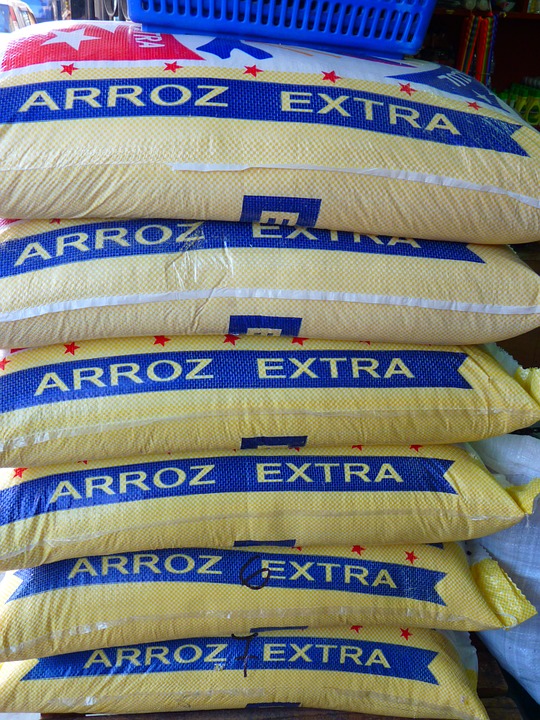RFID has become a very common scenario in every corner of the world, in every business we see today. But what is RFID?
Radio Frequency IDentification is the device which utilizes the electromagnetic or electrostatic coupling in the radio frequency (RF) part of the electromagnetic spectrum in order to identify an object. A typical RFID device consists of an antenna, a transceiver and a transpoder.
They are utilized in various sectors like logistics, manufacturing process, packaging, etc. Products after they are packaged are usually embedded with tags which can be readable only after coming in contact with the RFID.
Obviously, there are few benefits involved in utilizing RFID tags in packaging. How is it useful is the bottom line of this article?
1. Billing:
Gone are the days when a piece of paper used to be stuck on the packaged objects. Now with the technological growth, everything has changed and tags are being utilized. A small tag consisting of a barcode is present today and once it comes in contact with RFID, the price of the product is known or displayed on the screen.
It has made the billing process very easy, trouble free. In this way, it is being beneficial helping both the customer and as well as the retailer.
2. More Data:
Regular barcodes are restricted in the amount of information they represent. But RFID tags are proficient in storing more data. An RFID tag truly stores data in non-volatile memory and has capability of storing up to 8 kilobytes of data.
In this way, RFID tags in packaging can be very much beneficial. Some of the other data includes the date of manufacturing, date of expiry, weight of the product, price, etc.
3. Durability and Reusability:
When barcodes are just printed on paper, there are many chances of it spoiling, tarnishing, damaging. And once they’re spoiled, tarnished or damaged, it becomes very difficult to read or even understand.
With RFID tags in packaging, this is not the case. They cannot be spoilt, tarnished or damaged. They’re actually designed to make it work in harsh conditions. The RFID tags can be safe from heat, moisture and varying weather conditions, etc.
And the best part of these RFID tags is that they can be updated from time to time. Subsequently, when they are updated on a regular basis, they can be reused. And this would means there is a decrease in making costs as well.
4. Encryption:
The problem with barcodes is that they can be easily be forged and the data can be read. But with RFID tags in packaging, there is no question of being bogus. With it, data is very much safe in nature and information can be easily be encrypted.
Therefore, it is very difficult to replicate RFID tags as well.





